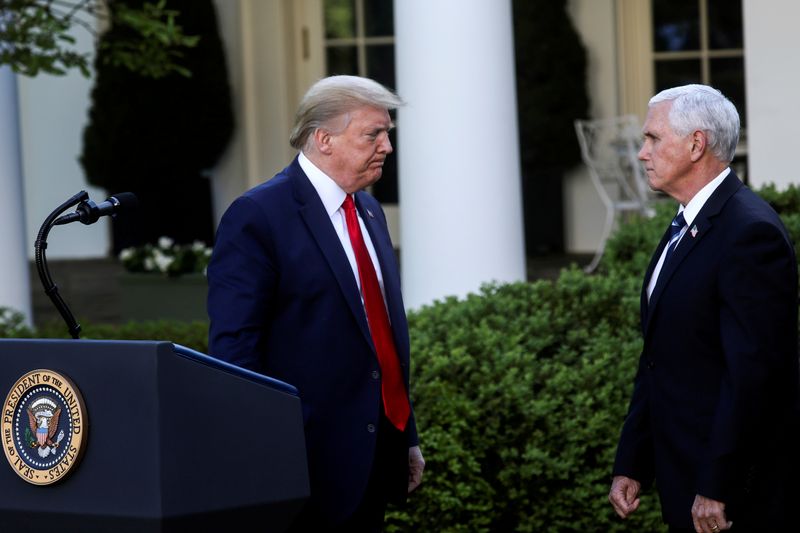
The economic impact of the coronavirus pandemic prompted governments to issue more debt than ever before in April, according to data provided by the Institute of International Finance.
The Covid-19 outbreak has meant countries have effectively had to shut down, with many governments imposing draconian restrictions on the daily lives of billions of people.
To date, confinement measures have been implemented in 187 countries or territories in an effort to try to slow the spread of the virus. The restrictions are expected to result in the worst economic shock since the Great Depression in the 1930s.
It has forced world leaders to quickly deploy emergency financial measures and usher in aggressive stimulus packages in an effort to avoid a devastating economic collapse.
“A rise in debt is inevitable. This is going to happen — we are in a stressful time so there is no reason to question why they are borrowing,” Emre Tiftik, a debt specialist at the Institute of International Finance, told CNBC via telephone.
The IIF’s Global Debt Monitor found that global general debt issuance (bonds and loans) hit a record high of $2.6 trillion in April, up from the previous record issuance of $2.1 trillion in March.
To put that into context, Tiftik said the global debt issuance figures were more than two times higher than historical norms. He argued it reflected the extraordinary scale of global debt accumulation as governments scramble to offset the economic impact of an unprecedented global health crisis.
The U.S. Federal Reserve Building stands in Washington, D.C., U.S., on Wednesday, June 24, 2009.
Brendan Smialowski | Bloomberg | Getty Images
It is “scary but, again, it needs to be done so we are trying to address the liquidity problem,” Tiftik said.
The U.S. government was found to have accounted for $1.4 trillion of total worldwide general debt issuance in April, and $1.2 trillion in March. The world’s largest economy has committed to the largest rescue package of any country by far.
‘Keep the receipts’
The International Monetary Fund has said a rapid rise in global public debt could pose risks once the threat of the pandemic fades.
In a report published April 15, the Fund said: “In times of emergency, the implication for policymakers is do whatever it takes but make sure to keep the receipts.”
At the time, global authorities had already taken fiscal actions amounting to roughly $8 trillion to contain the pandemic and limit its damage to the economy.
The pandemic and the associated “Great Lockdown” have led to increases in debt beyond those recorded in the global financial crisis, the Fund said, with public debt ratios likely to stabilize at newer — higher — levels as the pandemic abates.
Signal hanging with a message in Spanish that reads ‘protect your mouth with a mask’ in the empty Buenos Aires obelisk landscape during the government-ordered lockdown on May 01, 2020 in Buenos Aires, Argentina.
Ricardo Ceppi | Getty Images
Ian Shepherdson, chief economist at Pantheon Macroeconomics, told CNBC via telephone that the relatively small number of voices carping from the sidelines about the dangers of rising public debt were “missing the point completely.”
“Public debt is a second-order question, maybe even a third-order question now given the havoc that the virus has wreaked on the world economy,” he said.
“The primary objective is to limit or ameliorate the damage, it can’t be prevented that’s for sure, but to try and use fiscal policy to prevent the economy from being a wasteland for when the virus is vanquished.”
“It is not really a choice,” Shepherdson continued. “You could wear the hair shirt and say: ‘We are not going to spend the money because we want to protect future generations.’ But, the future generation will have nothing to inherit because the economy will have been completely destroyed — and that can’t be in anybody’s interests.”
‘Who is going to benefit from this extra debt?’
At the start of the year, the World Bank had warned about the intensifying risk of a fresh global debt crisis, saying the build-up of global borrowing since 2010 had been “the largest, fastest and most broad-based increase” since the 1970s.
The group had urged governments and central banks to recognize that historically low interest rates may not be enough to offset another widespread financial meltdown.
The coronavirus crisis and historically vast fiscal spending packages have since prompted some to warn that developed economies may find themselves on the brink of a debt crisis over the medium term.
“We can save the day by borrowing money, but the issue is where are we going to use this money? Who is going to benefit from this extra debt?” the IIF’s Tiftik said.
A man wearing a surgical mask works on his computer on Broadway Avenue as New Yorkers practice “Social Distancing” because of the COVID-19 pandemic on April 12, 2020 in New York City, United States.
Roy Rochlin | Getty Images
“Right now, we are trying to stop the bleeding, but now we start to focus on the healing. So, how are we going to heal it so that it is going to be much better for everyone?”
When asked whether the coronavirus outbreak might prove to be the trigger for another global debt crisis, Tiftik replied: “Everybody is doing as much as possible to make sure that this is not the case.”

